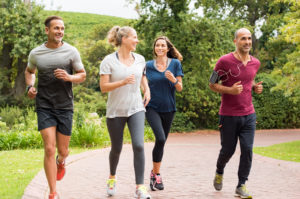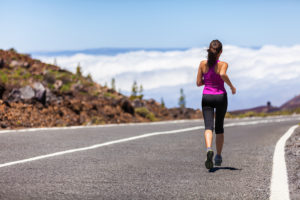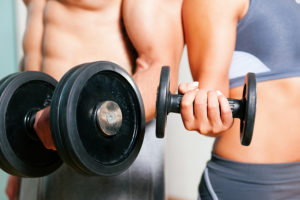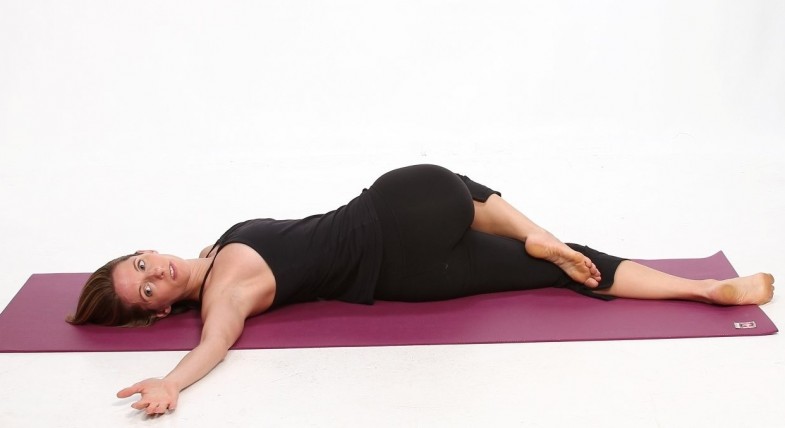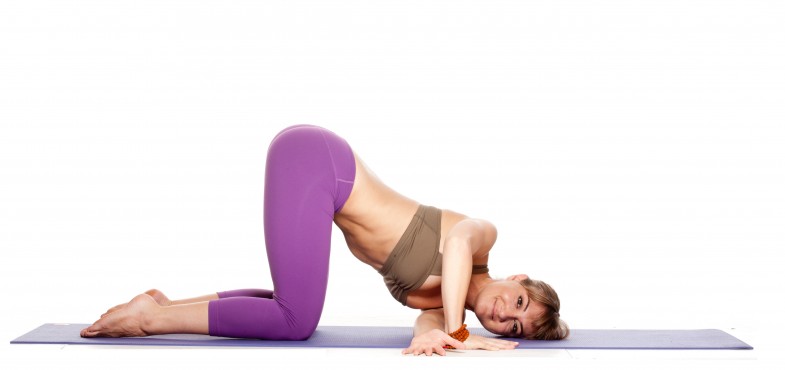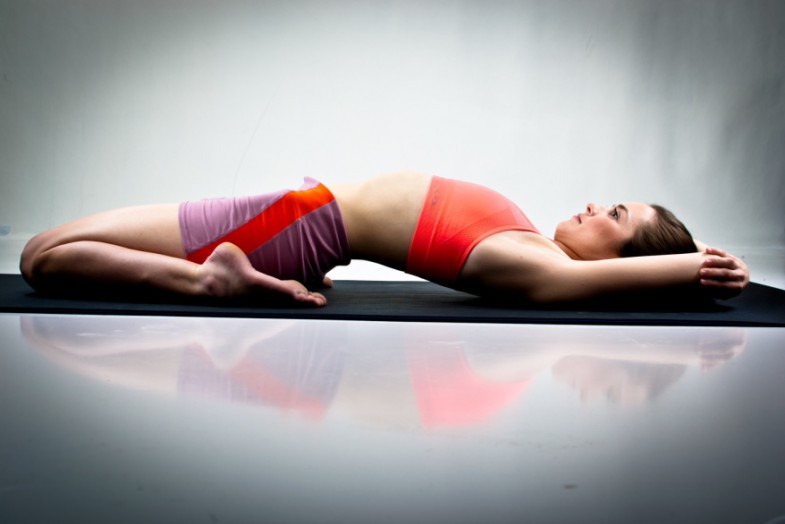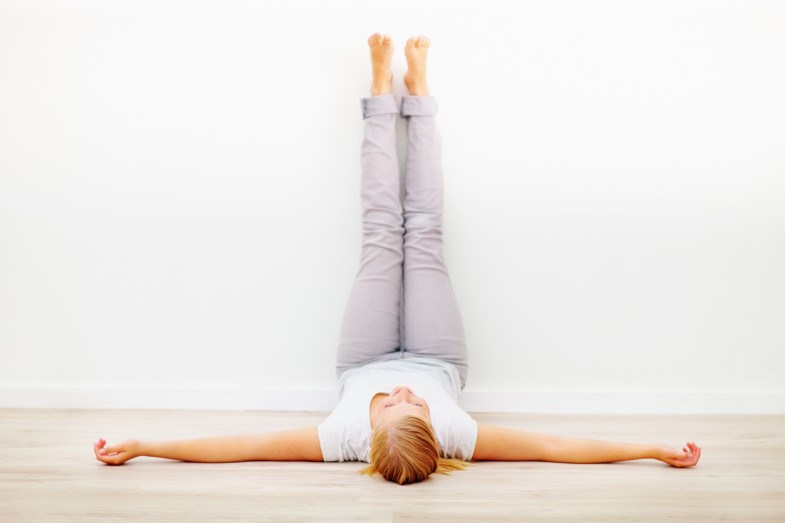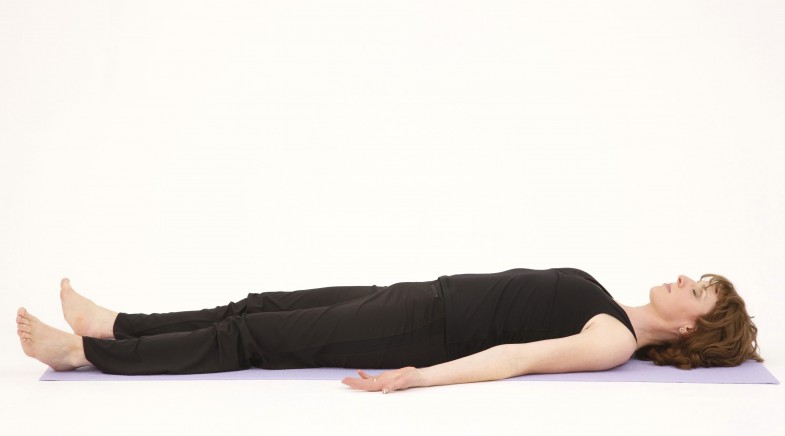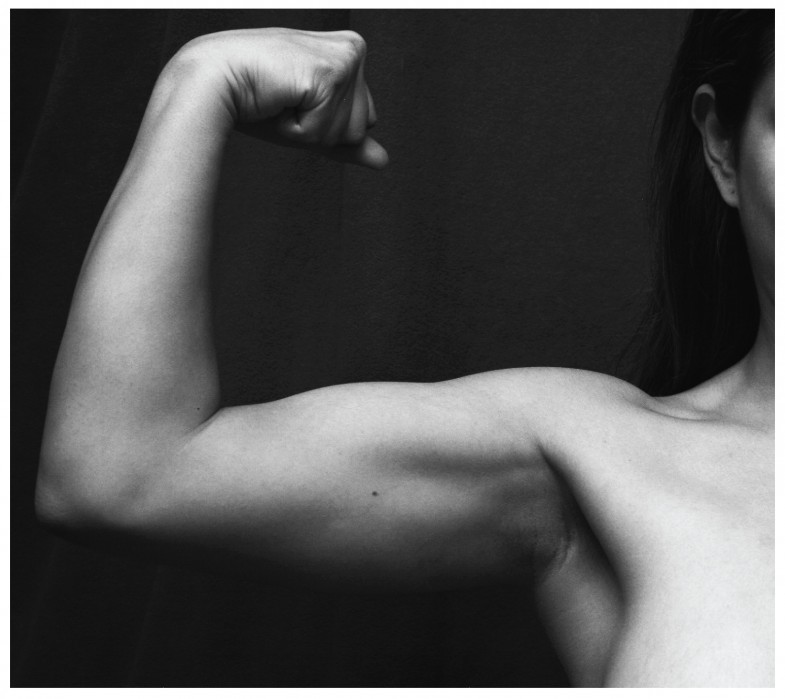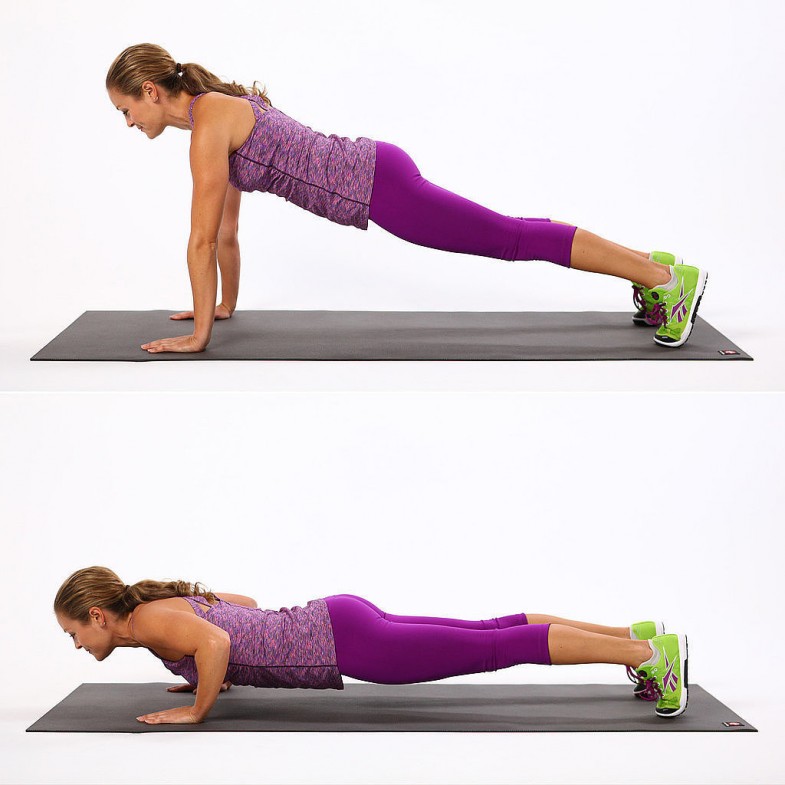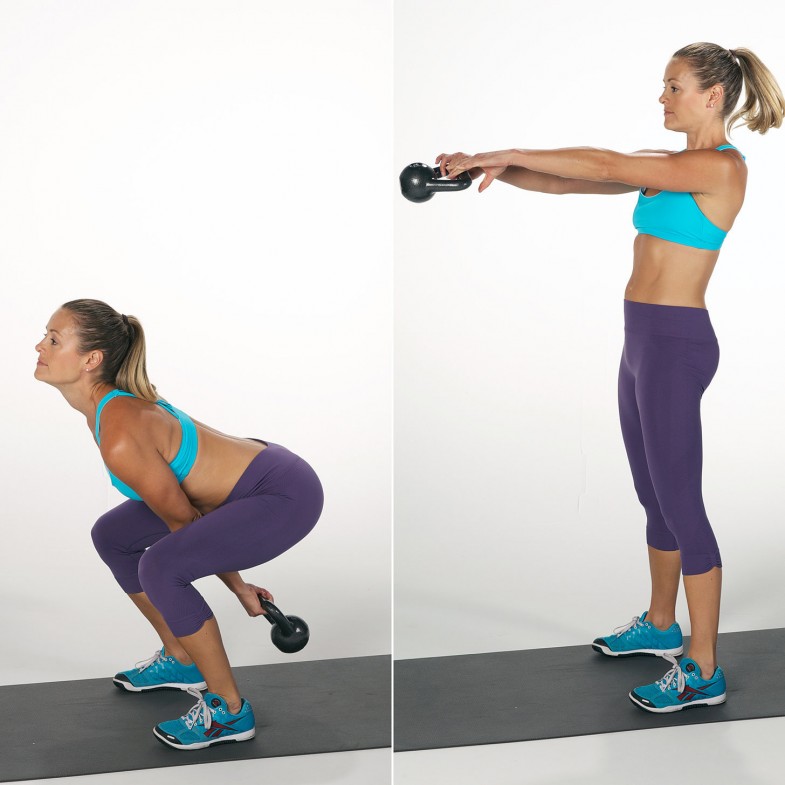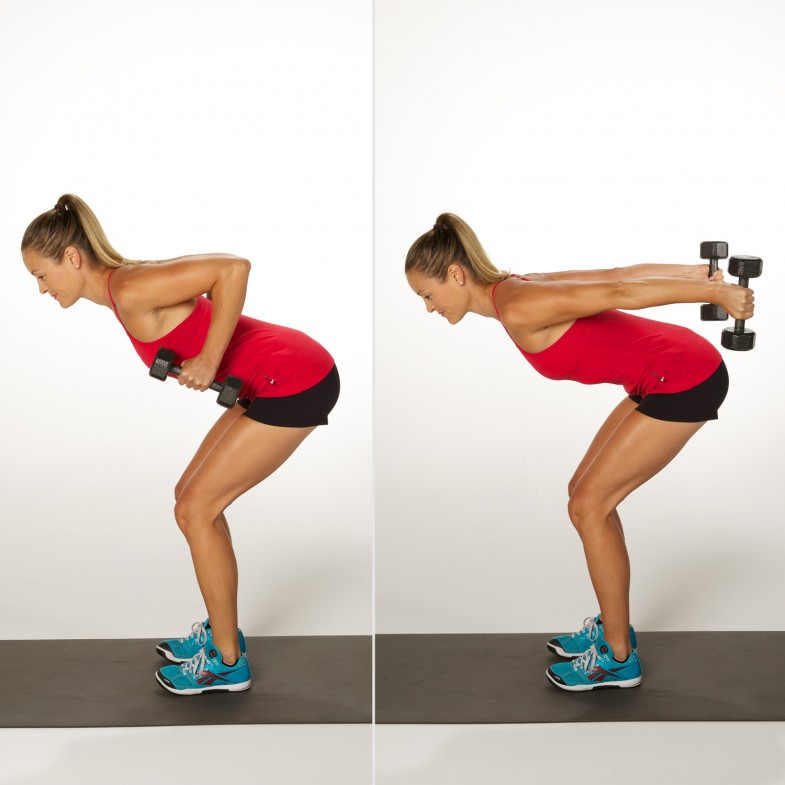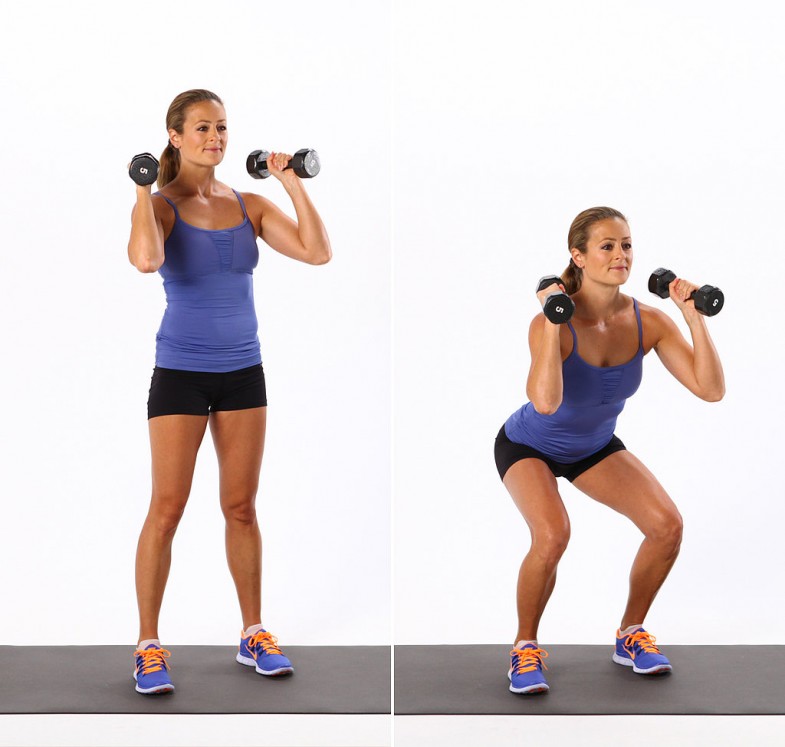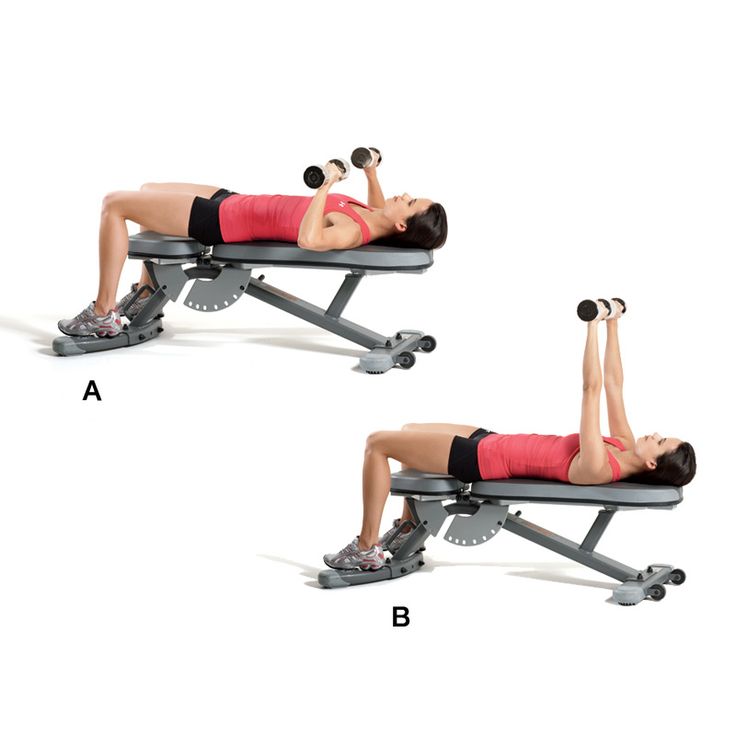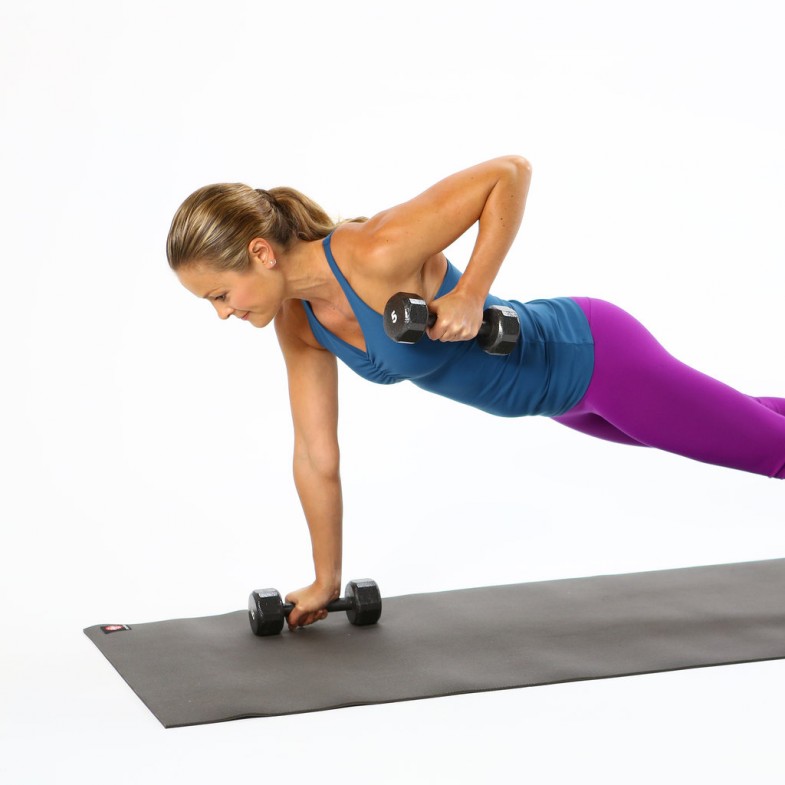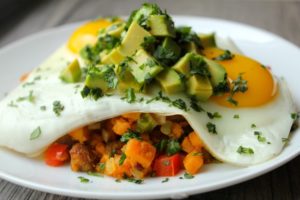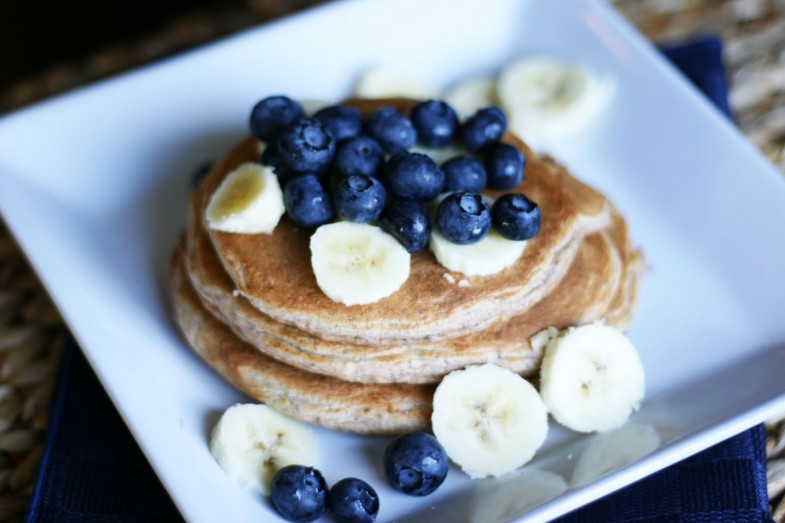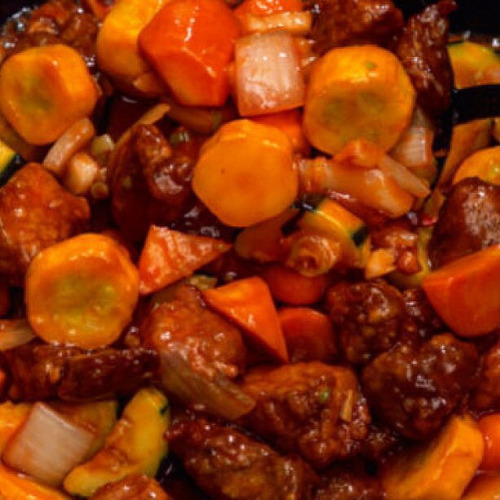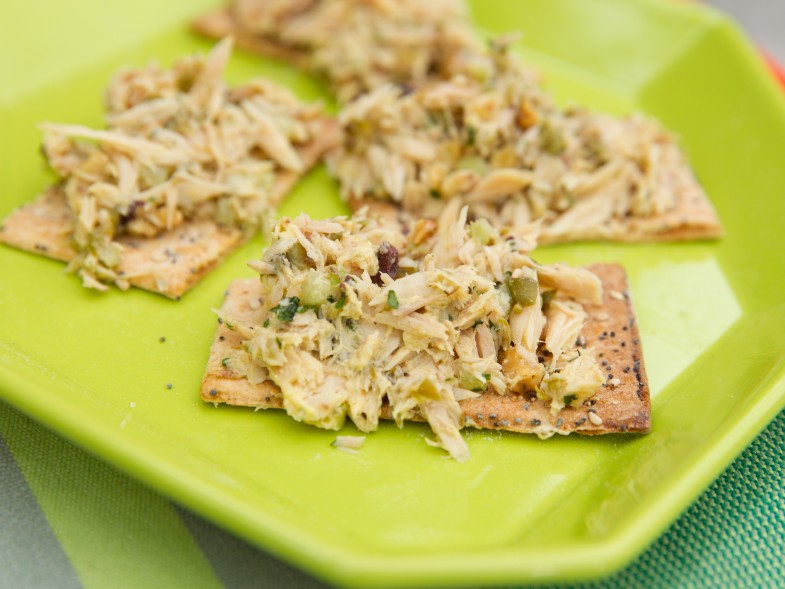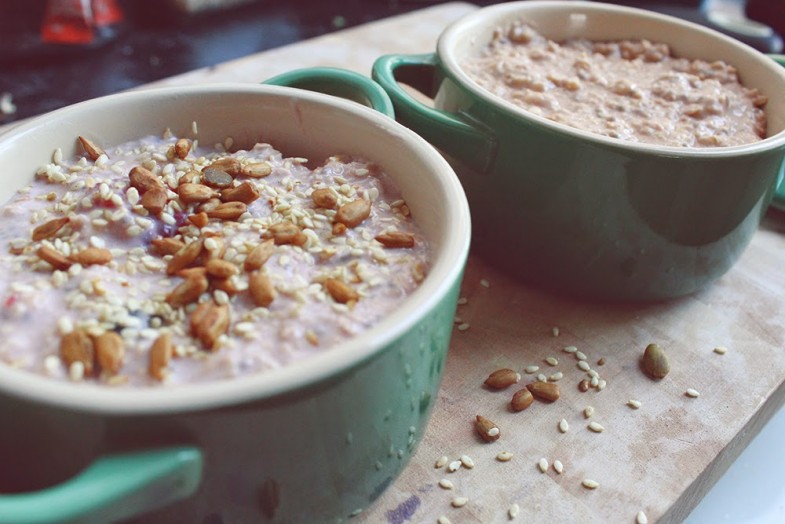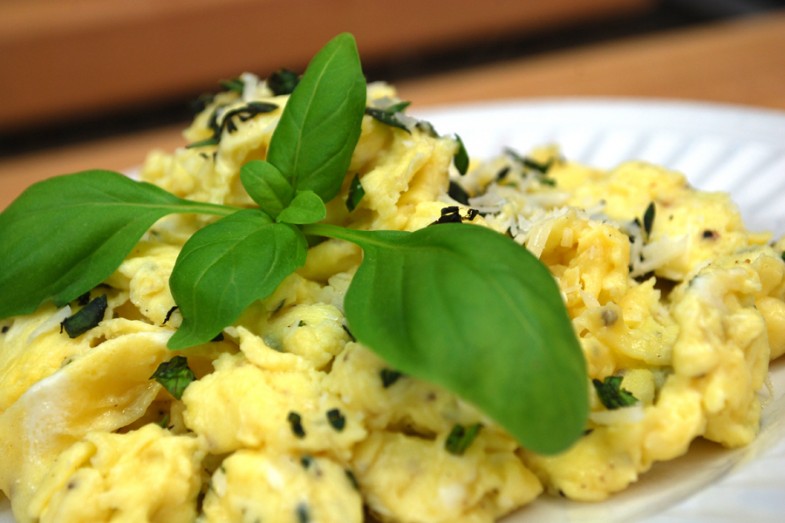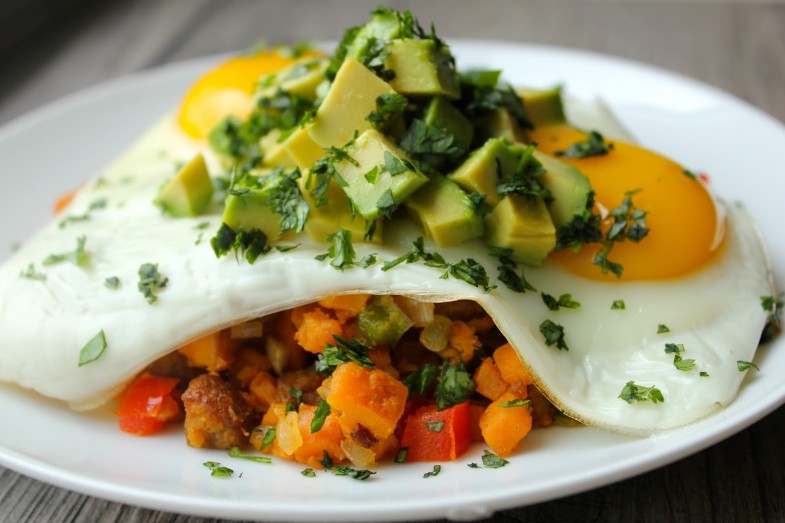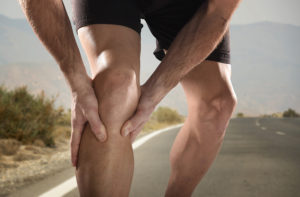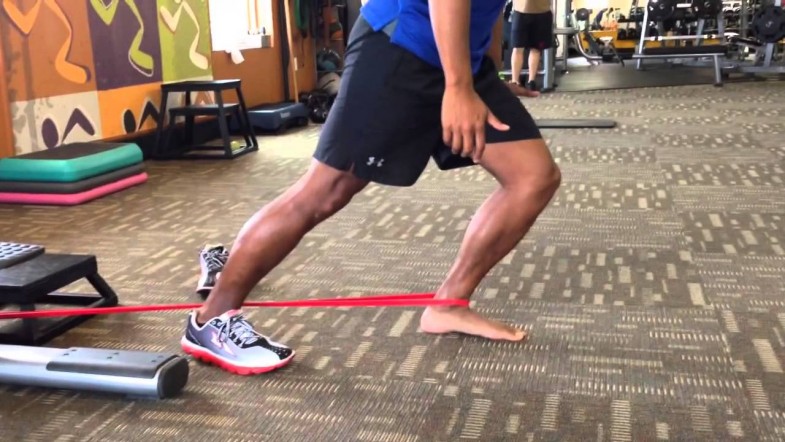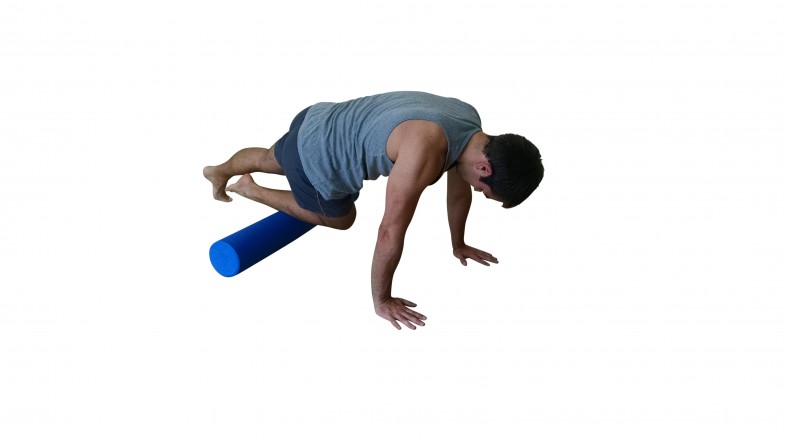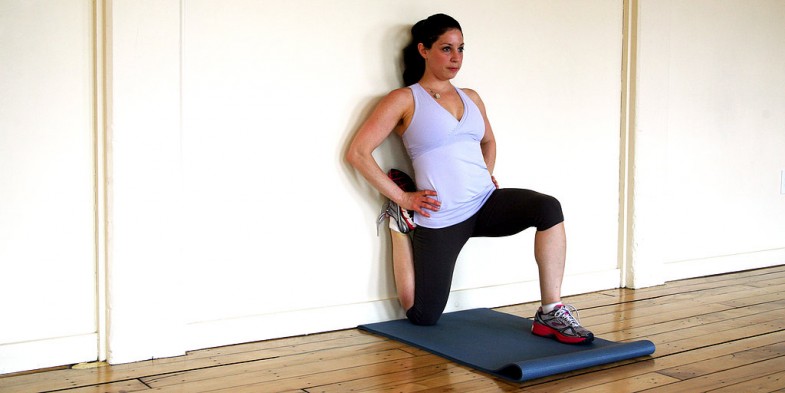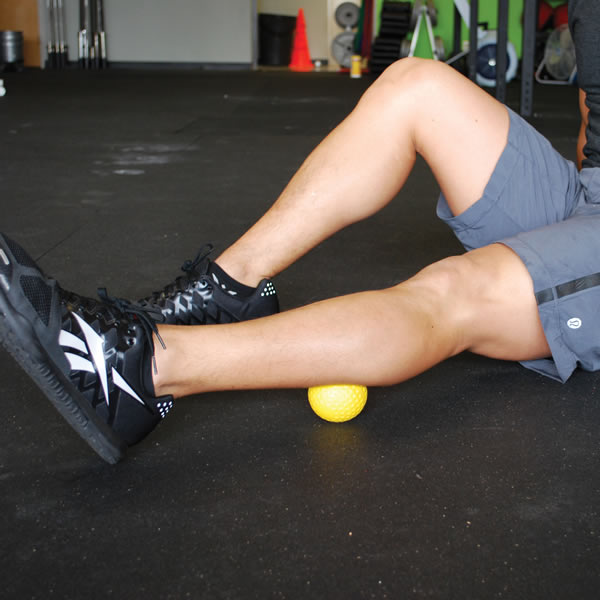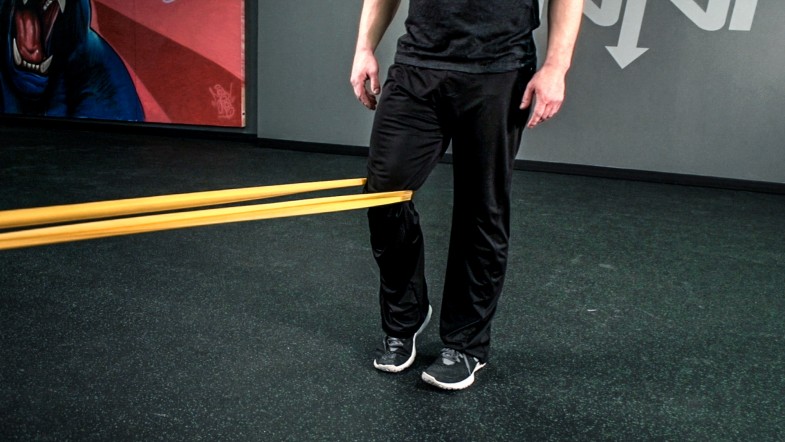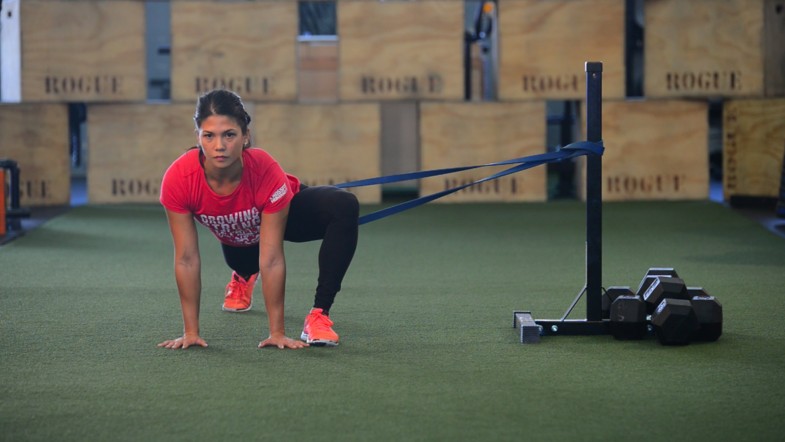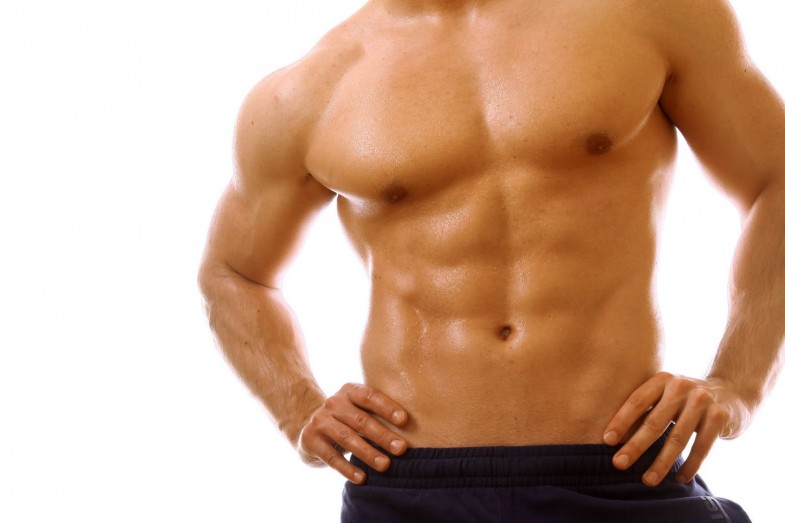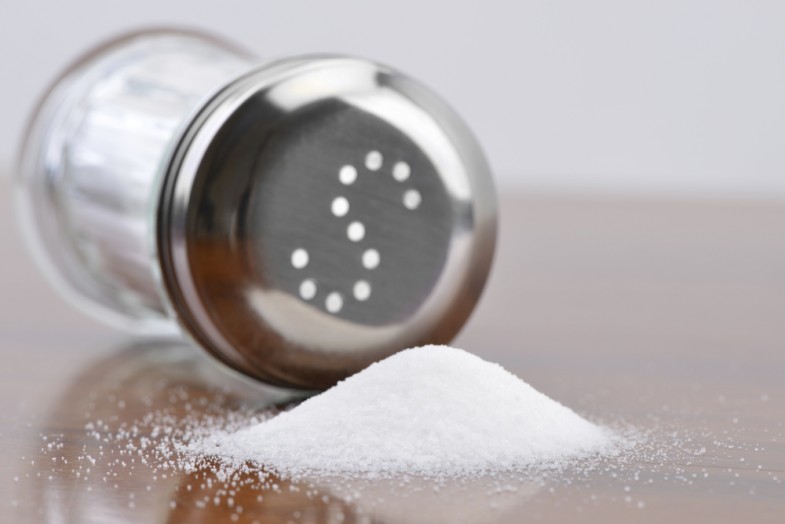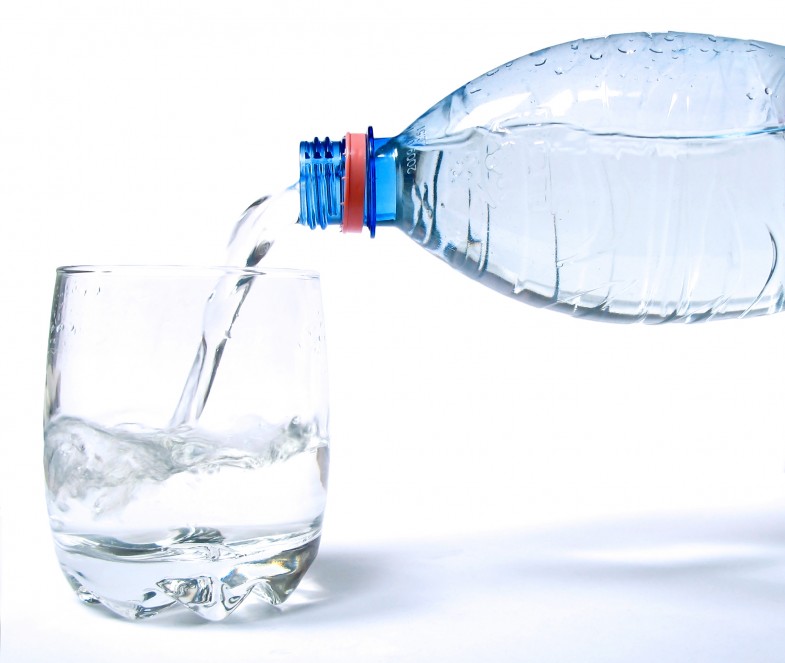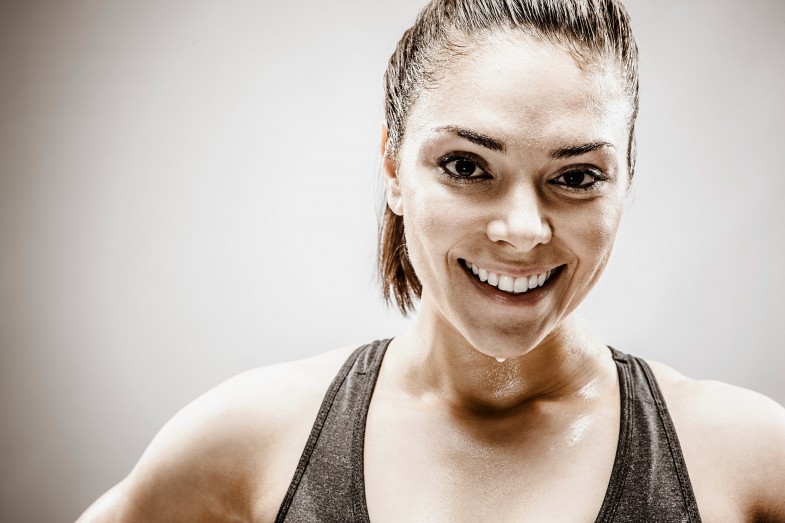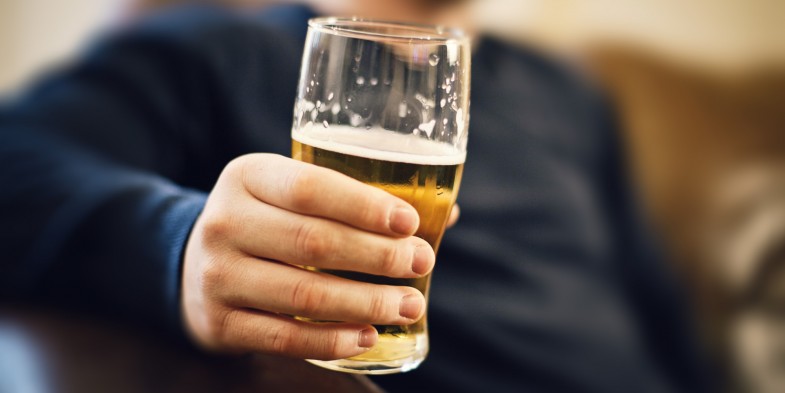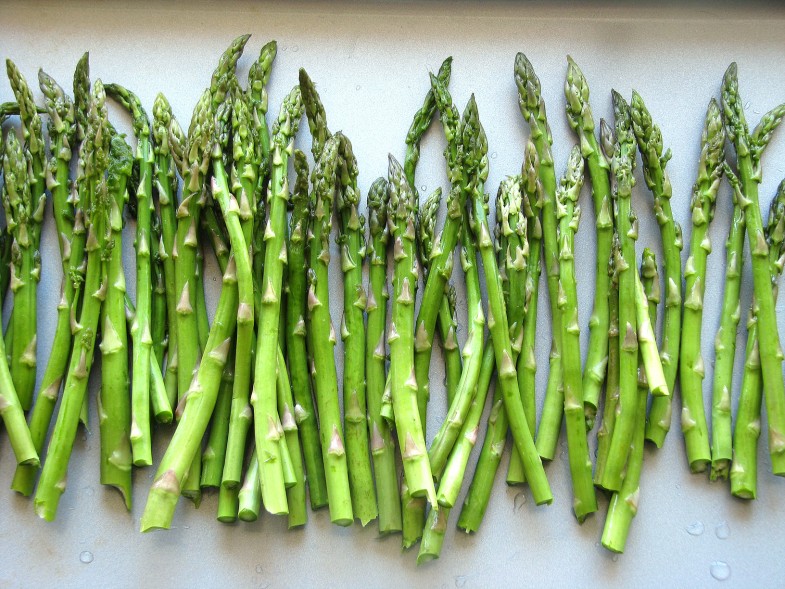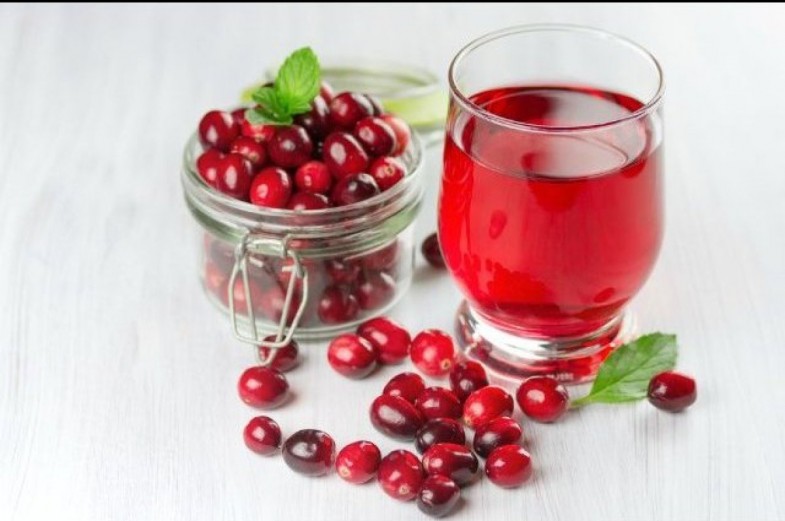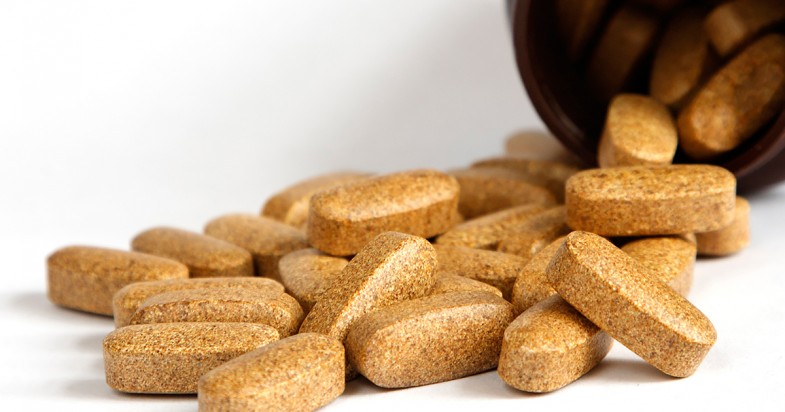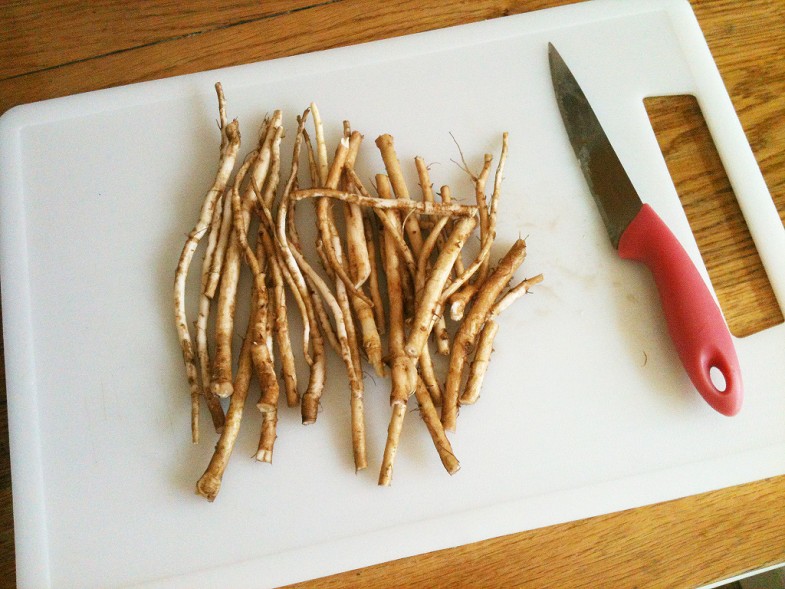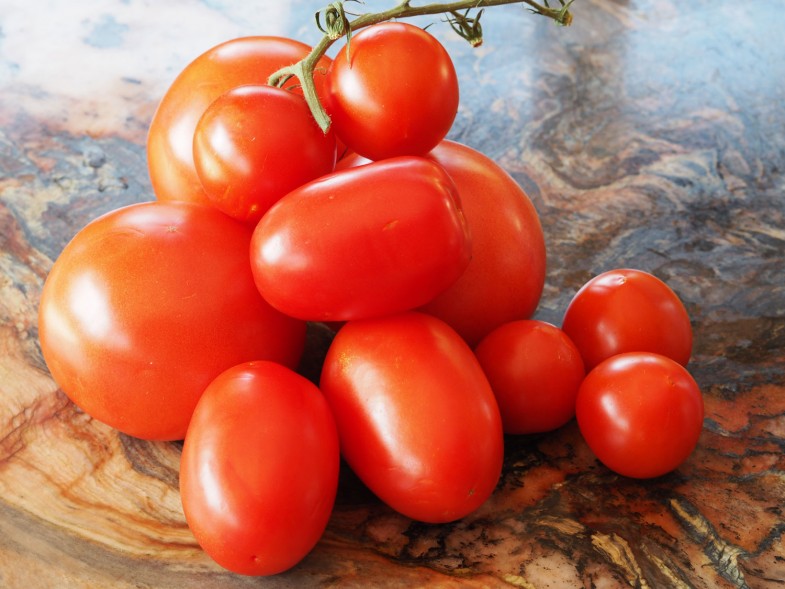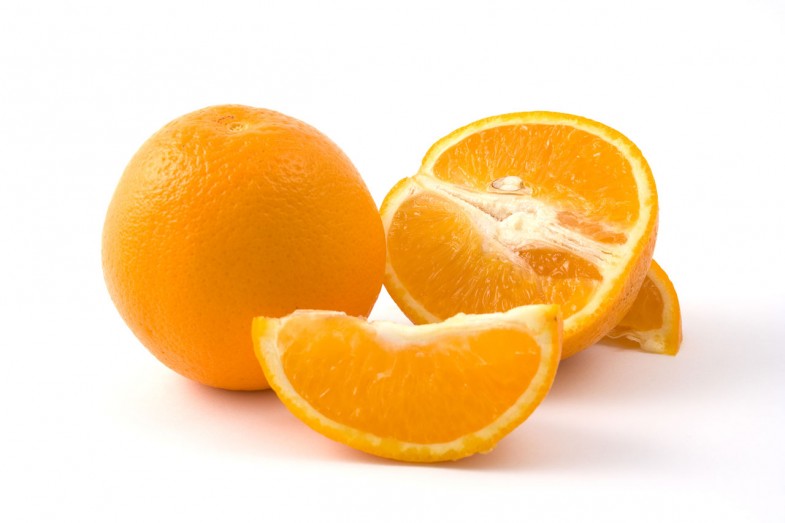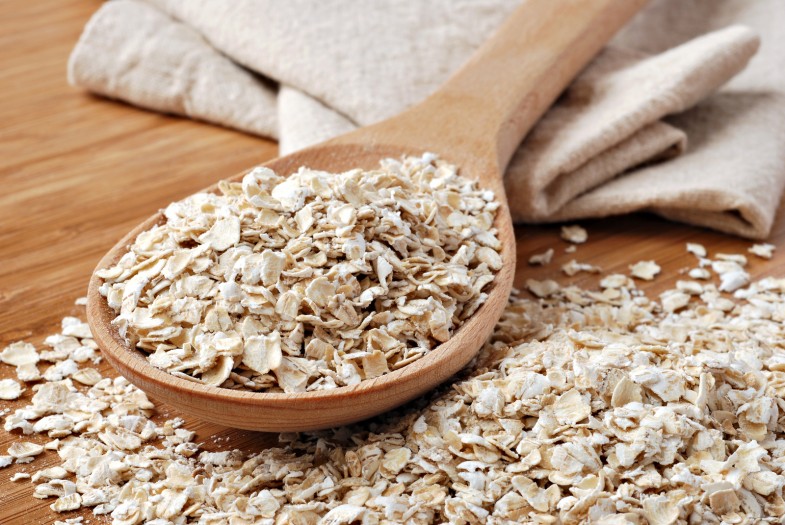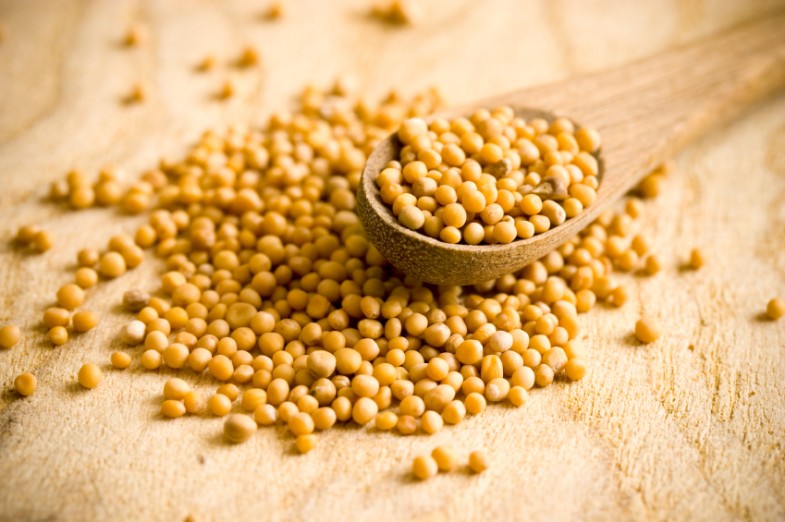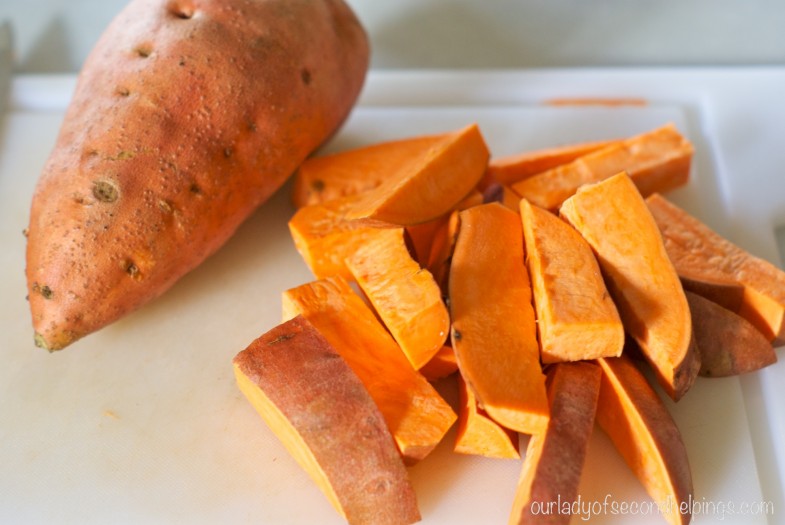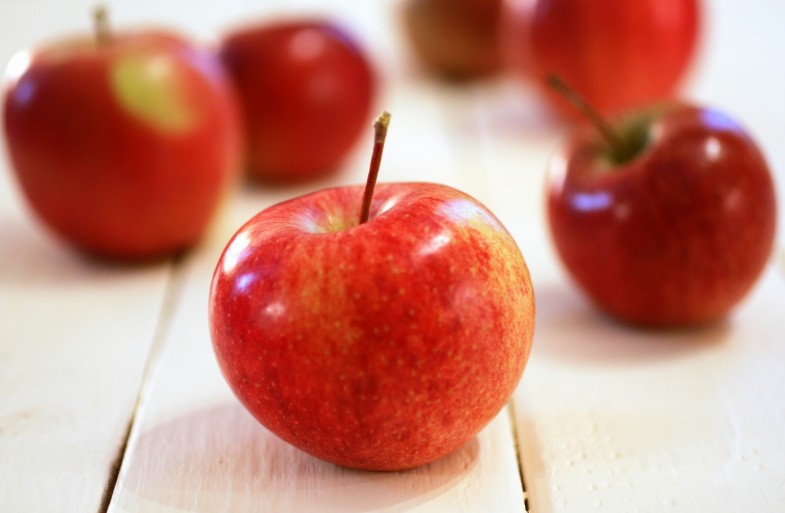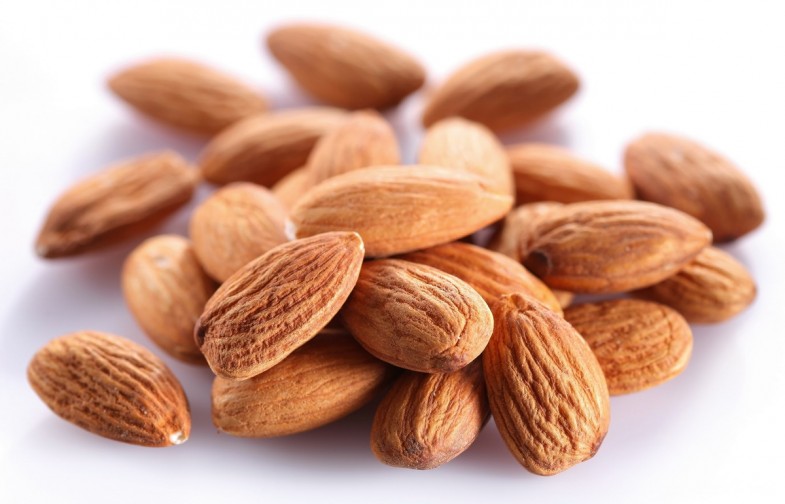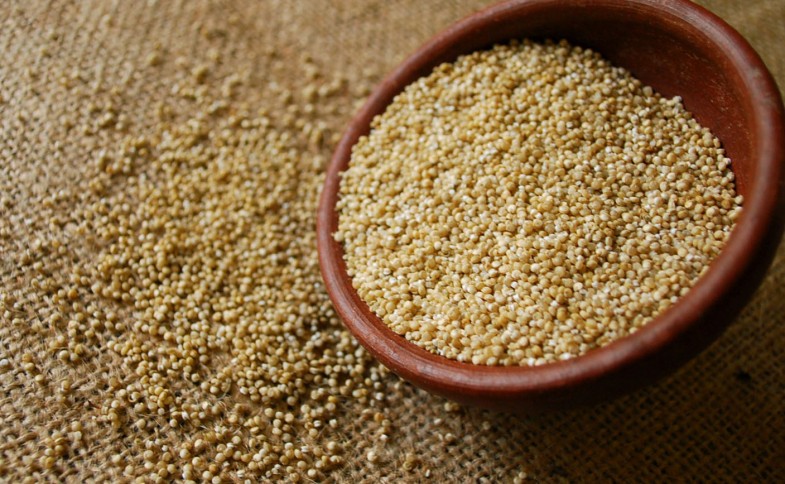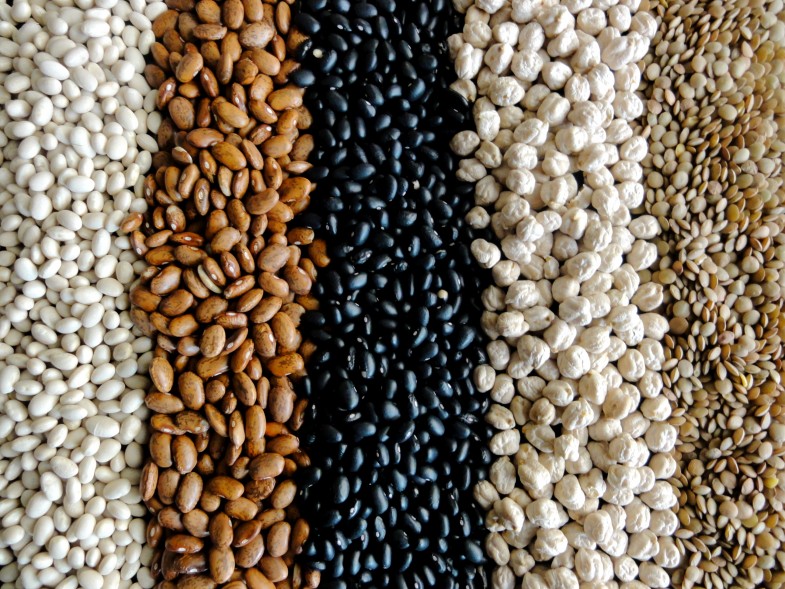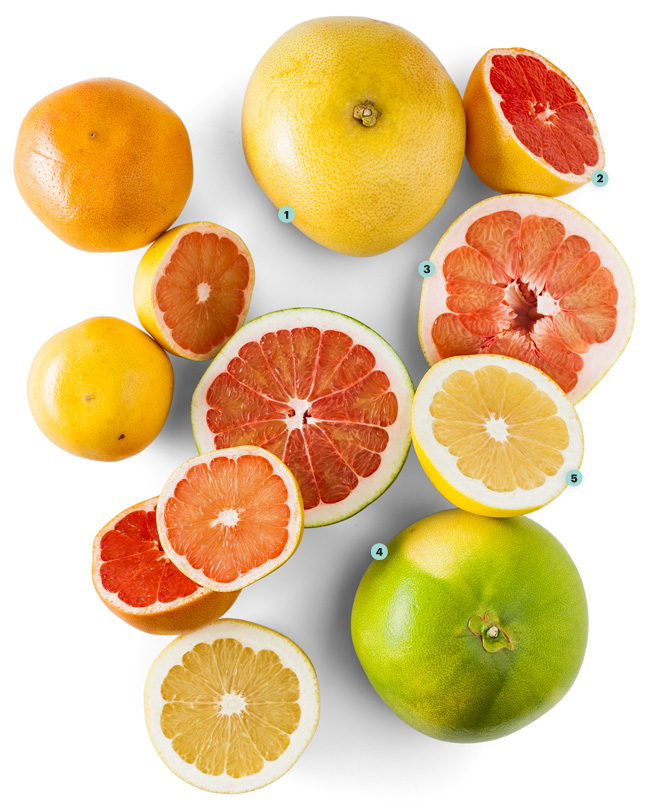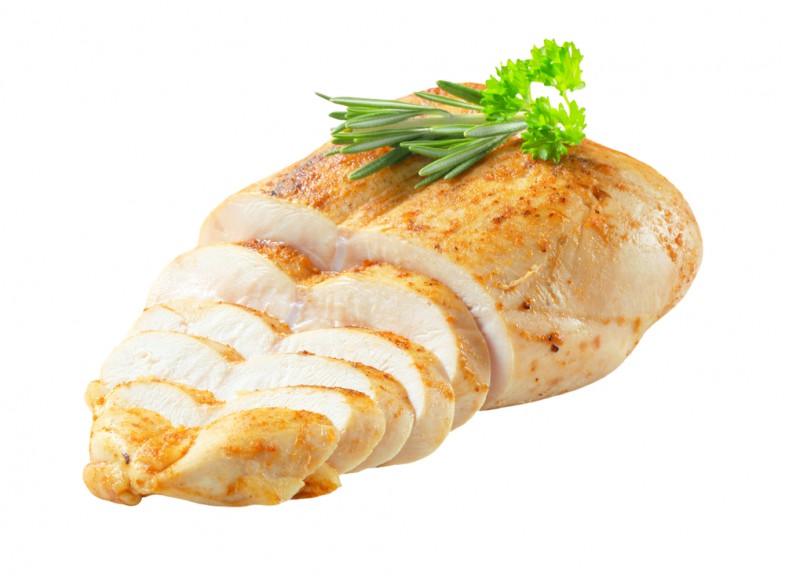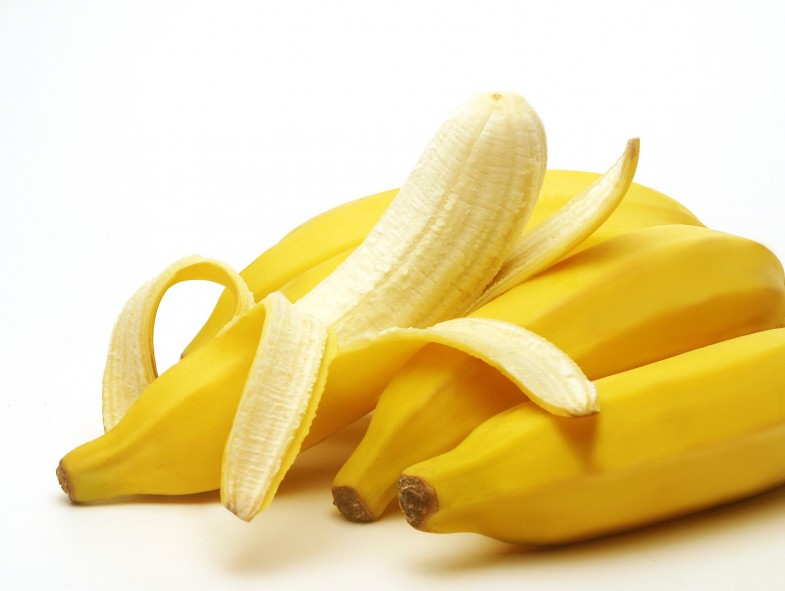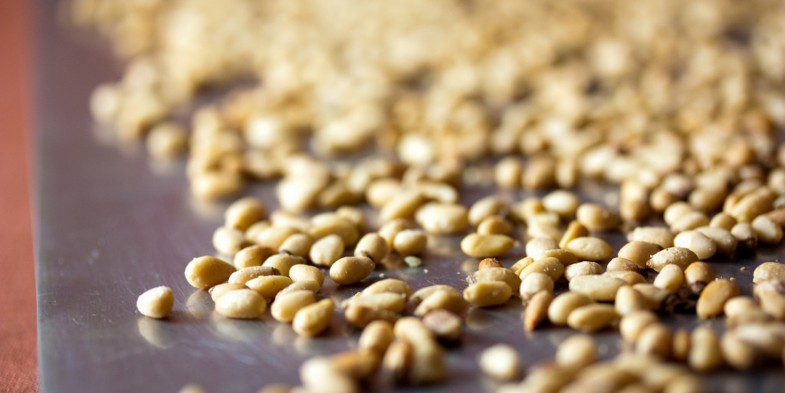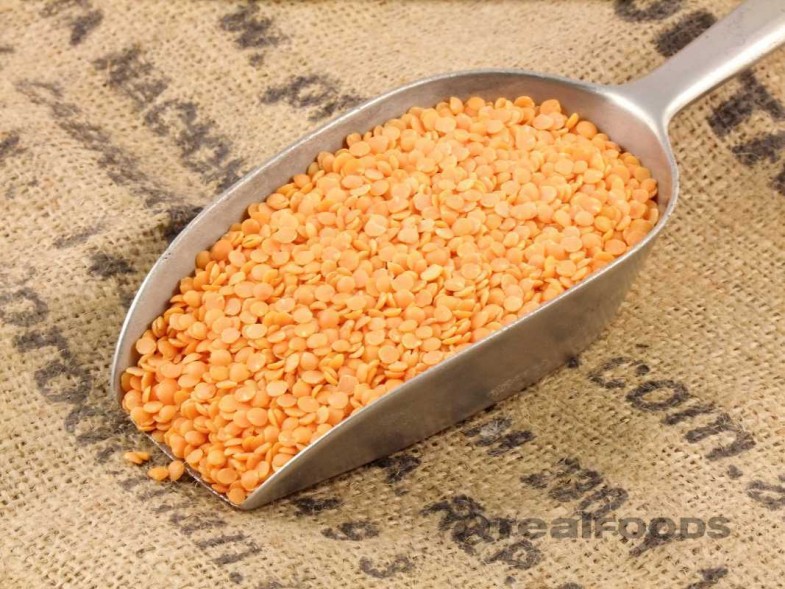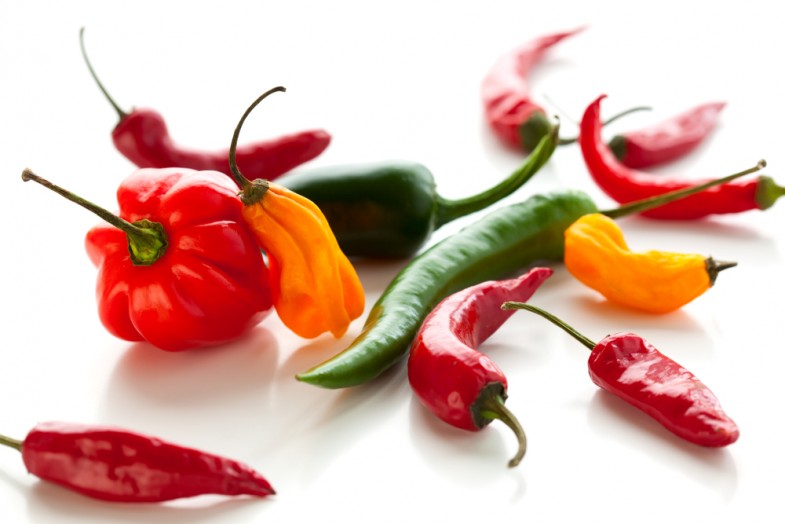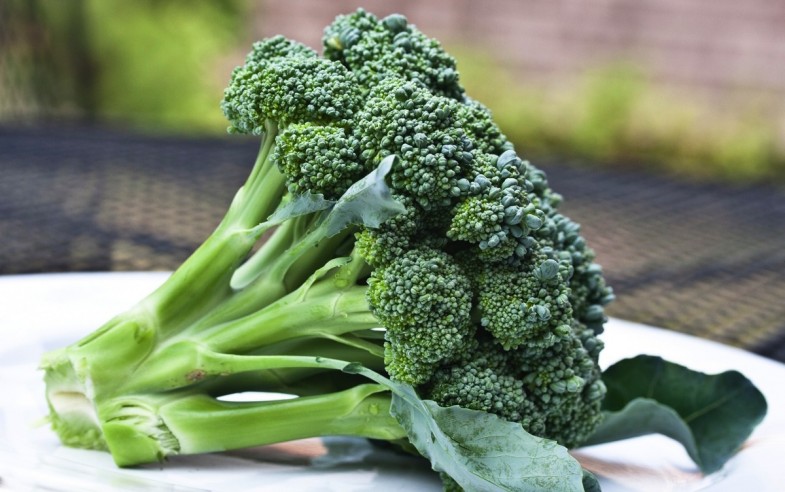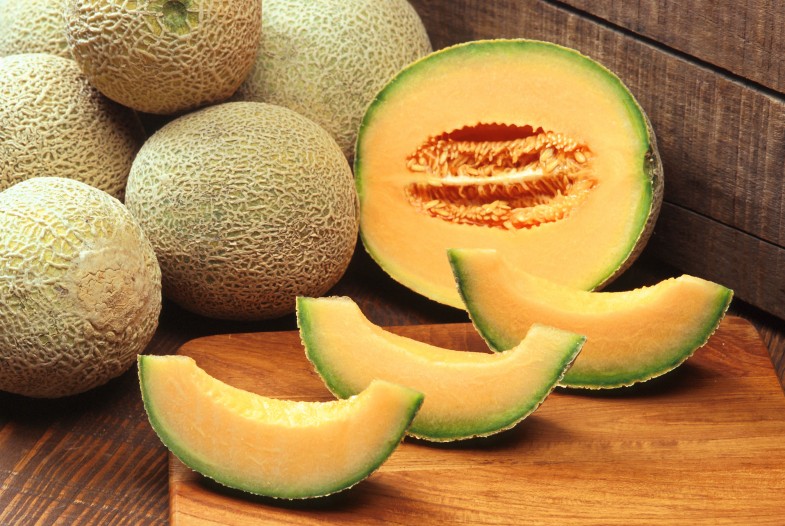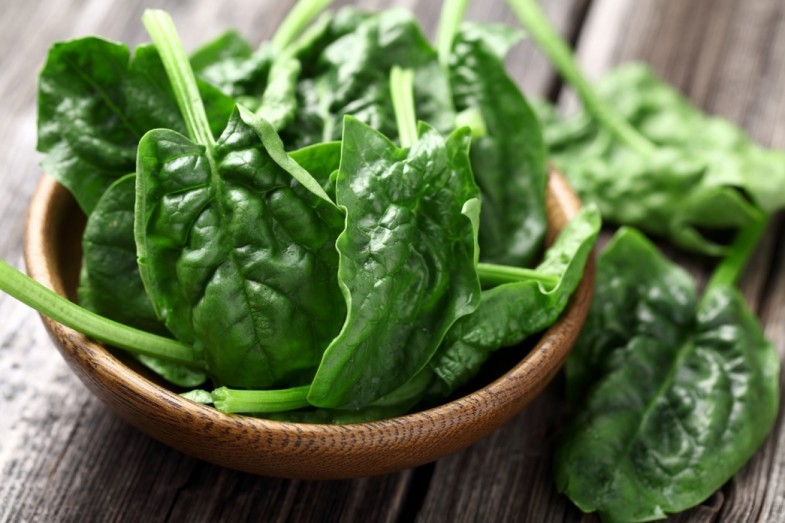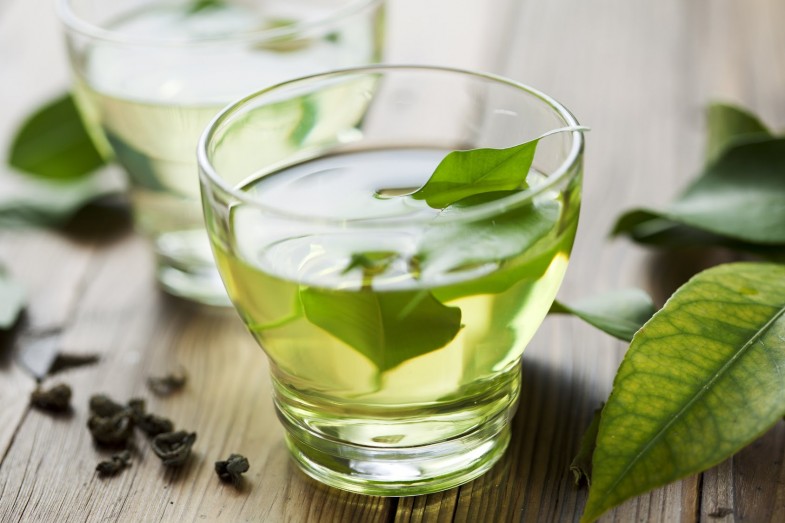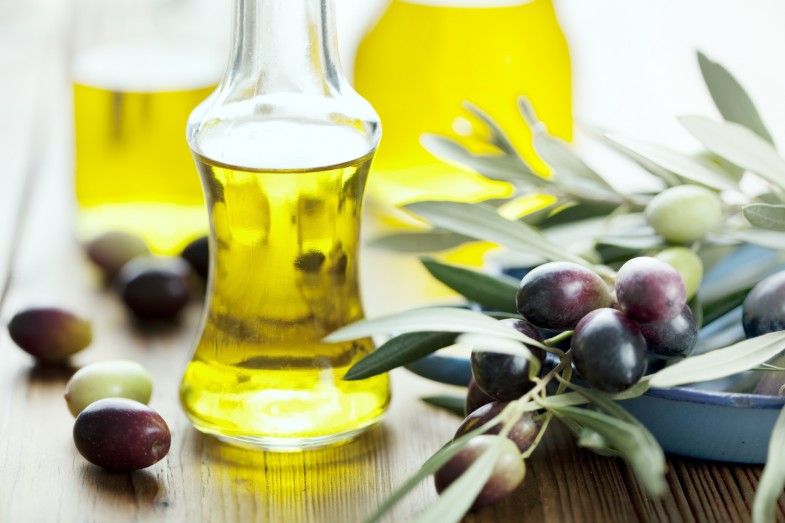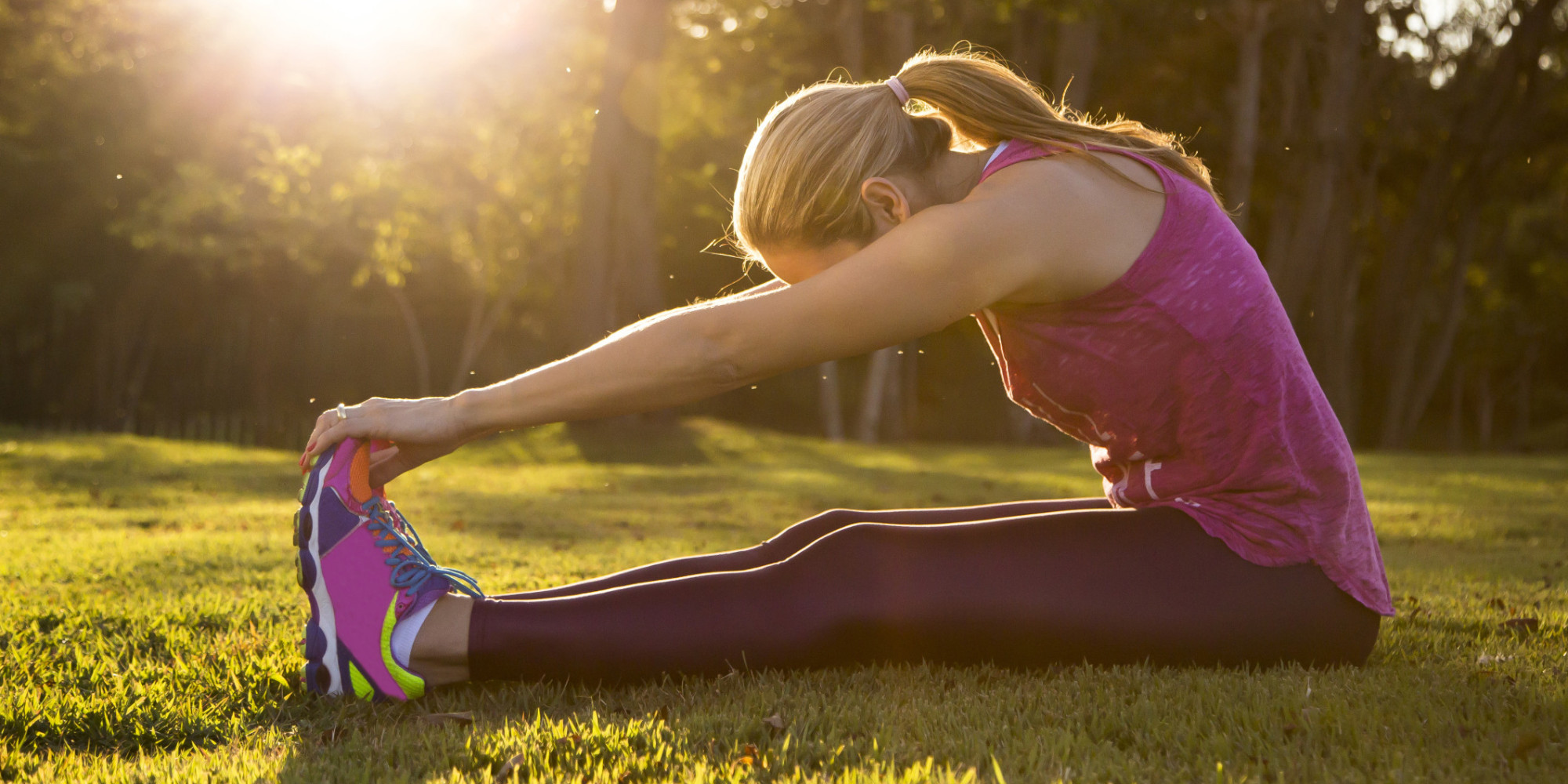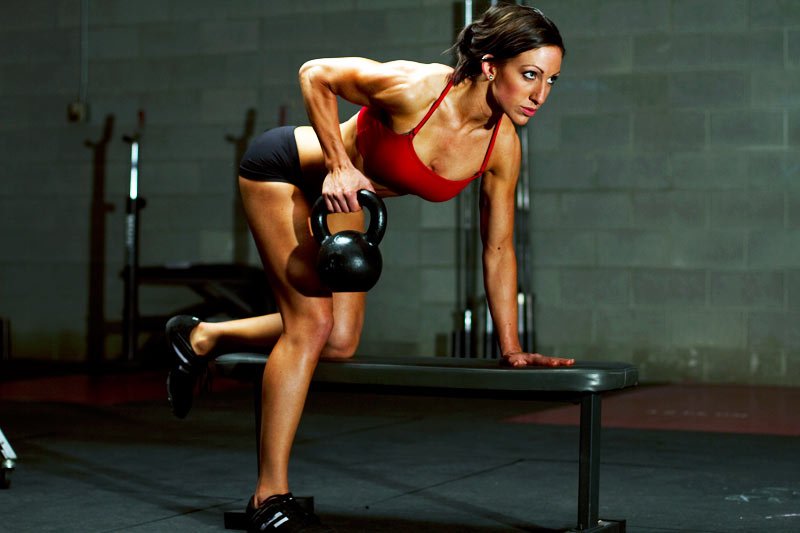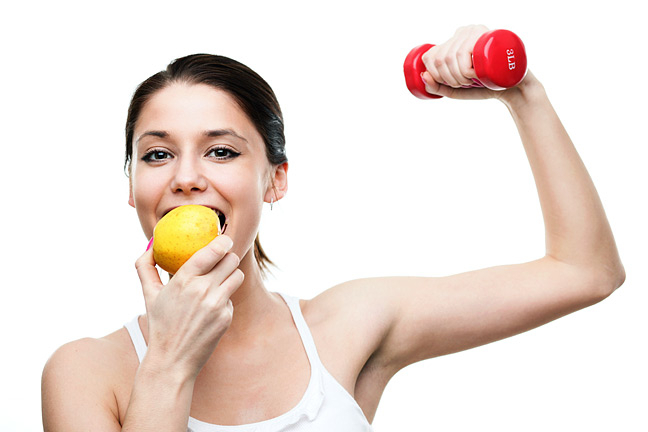
JUICING
It’s fine to drink juice when you’re watching your weight but as with any food or drink, you need to count the calories it provides as part of your daily total.
This is one reason health experts in the UK advise sticking to a 150ml serving size. This will give you around 65 calories in standard orange juice, roughly 70 in apple and about 80 in pineapple.
Vegetable juices tend to be lower as they contain only small amounts of the fruit sugar fructose (about 60 calories in green juices, 40 in carrot). The problem comes when intake shoots above this which is very likely once you get into juicing or have a lot of shop-bought juices. Most juices are sold in 250ml individual serving sizes, progressing to 1 liter cartons and bottles designed for sharing (but all too easy to gulp down over the course of a day). Therefore it’s hardly surprising that calorie intake can quickly creep up.
It’s important to realize eating whole fruits and vegetables will be more satisfying than drinking their juice. This is partly because chewing food begins the process of sending signals to the brain that help to tell us we’re feeling satisfied and it’s time to stop eating.
In addition, whole fruit and veg take up more space in the stomach. Because you’re eating the soluble and insoluble fiber along with water inside the cells, the sheer physical presence of food helps to trigger a sense of satiety.
REDUCED-FAT EVERYTHING
Labelling on foods and drinks can be a minefield at the best of times and the labelling of reduced-fat products is one of the trickiest to navigate.
This is because legally the term “reduced” or “light”, whether it refers to fat, saturated fat, salt, sugar or calories, means that the reduced version has at least 30 per cent less of the nutrient mentioned when compared with its full-nutrient version. But reduced fat doesn’t automatically mean low calorie.
For example, a standard hummus has around 309 calories and 26g fat per 100g. The reduced-fat version has 216 calories and 15g fat. Even though the reduced-fat version is obviously a better choice than the full-fat version, the reduced-fat hummus still contains around the same number of calories as 100g of full-fat Philadelphia cream cheese (235 calories and 22g fat). So wherever you see reduced-fat pack claims, you still have to read the small print, especially searching out the fat and calories per serving. Different brands also vary in fat content and therefore in their final calorie content, depending on what the fat levels were in that particular brand’s regular product. Beware of products that remove fat to achieve a seductive low-fat or reduced-fat claim but add other ingredients, such as sugar, to maintain its overall appeal, physical structure and flavor. Take fruit yogurt: a 150g low-fat strawberry yogurt provides only 1.7g fat but 119 calories – 32 of which come from the 2tsp of added sugars.
RAW FOOD DIETS
This is a big health trend but while there is a lot to be said for eating a diet that contains more whole fruits, vegetables, nuts and seeds, don’t assume all raw foods, especially desserts, are low in calories, fat or sugar.
Many raw snack bars or balls and raw desserts such as vegan cheesecake, contain a lot of dried fruit, nuts, seeds and coconut oil which increase the calories. In addition, sweeteners such as rice malt syrup, maple syrup and raw honey are often used (frequently in large amounts), so they’re neither sugar-free nor low in calories.
If you’re buying a packaged raw snack, it’s as important to check out the nutritional information as it is with non-raw treats. And at cafes, you still need to exercise some restraint with raw cake, just as you would with any other.
EATING HEALTHY SUGARS
We’ve all been advised by Public Health England (PHE) to dramatically reduce the free sugars in our diet. These are the ones we add to food or those found in the foods we buy.
They appear on the ingredients list as things such as cane sugar, brown sugar, sucrose, glucose, fructose or high-fructose corn syrup. PHE recommends we limit our consumption of free sugars to 7tsp (30g) a day – that’s about half of what the average Briton eats. In an effort to cut down, many people have switched to what they perceive to be “natural” sugars, such as honey, syrups and nectars, in the belief this means their diet is sugar free. Not so. Ingredients such as honey, agave nectar, date syrups, rice malt syrup, maple syrup and coconut sugar may have a healthier image but they all count as free sugar, so we need to limit them.
Products made with these ingredients, however natural they claim to be, are usually still high in sugar (and therefore calories), so they need to be limited just as you would any biscuits, cakes or sweets. If a food contains less than 5g sugar per 100g it means you’re choosing a product that’s low in sugar.
DITCHING DAIRY
It’s a common belief that milk makes you put on weight because it’s high in fat and therefore calories. In fact, studies reveal the opposite may be true: intake of dairy, particularly of low-fat versions as part of a lower-calorie diet, may help speed up weight loss, especially when it comes to burning the fat that sits around the waist.Other people skip it because they think dairy products are at the root of digestive problems such as bloating. An intolerance to lactose – the main sugar in milk – does cause bloating, along with other digestive problems such as wind, diarrhea and stomach pain. But according to the British Nutrition Foundation, only about one in 20 of us suffers with lactose intolerance.
Most experts agree that dairy products are an important part of a healthy diet as they provide a wide range of nutrients, particularly calcium for strong bones and teeth.National figures show eight per cent of women, 12 per cent of teenage boys and 19 per cent of teenage girls have very low intakes of calcium. The National Osteoporosis Society says that one in two women and one in every five men over the age of 50 fractures a bone due to osteoporosis, a condition where bones are so fragile they can easily break.
A low-calcium intake, especially in childhood and teenage years, is thought to be a key cause of this, as it means bones are unable to reach their full strength in adulthood.
[Source — Express]
